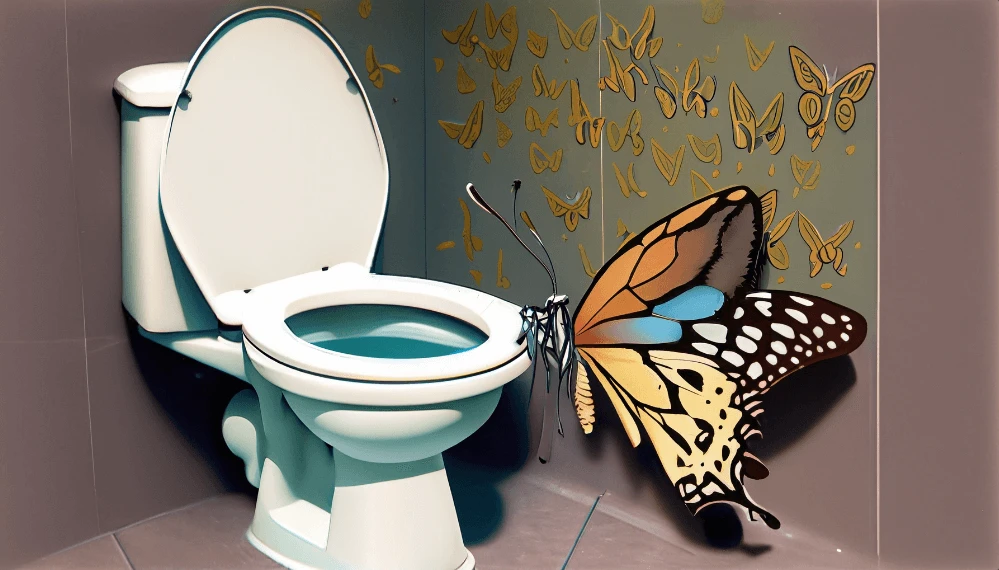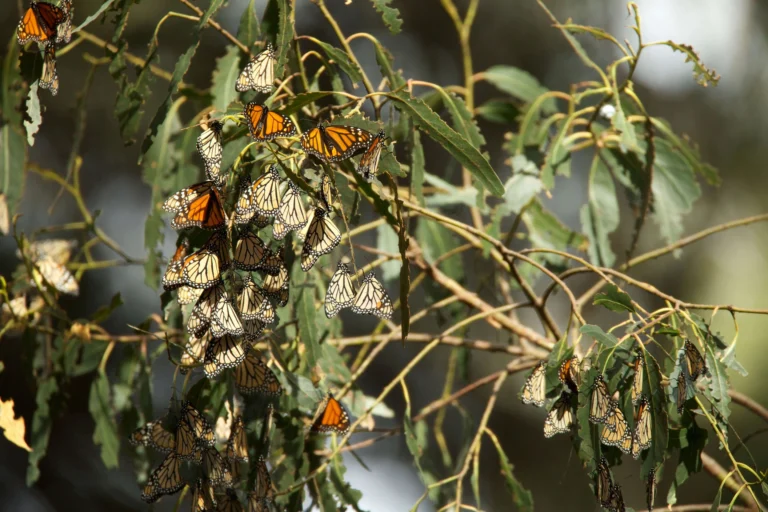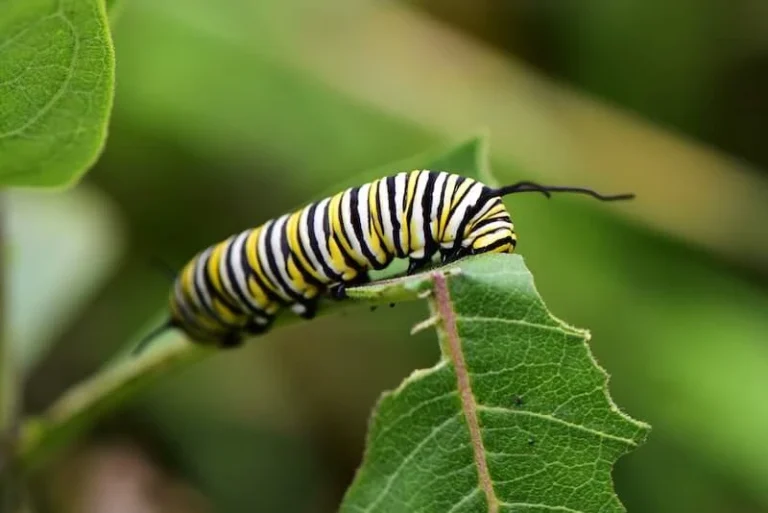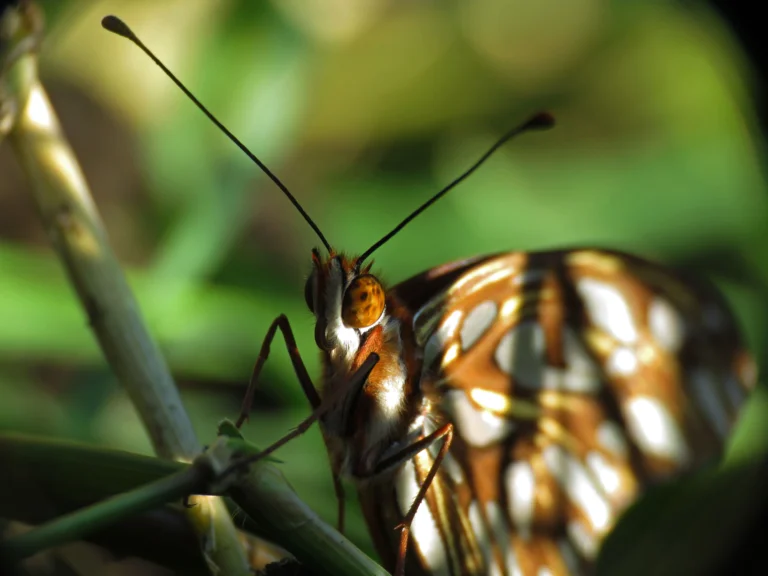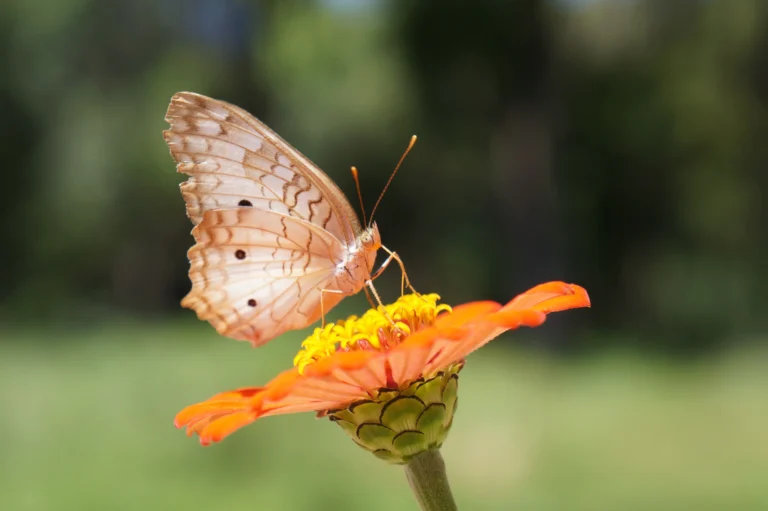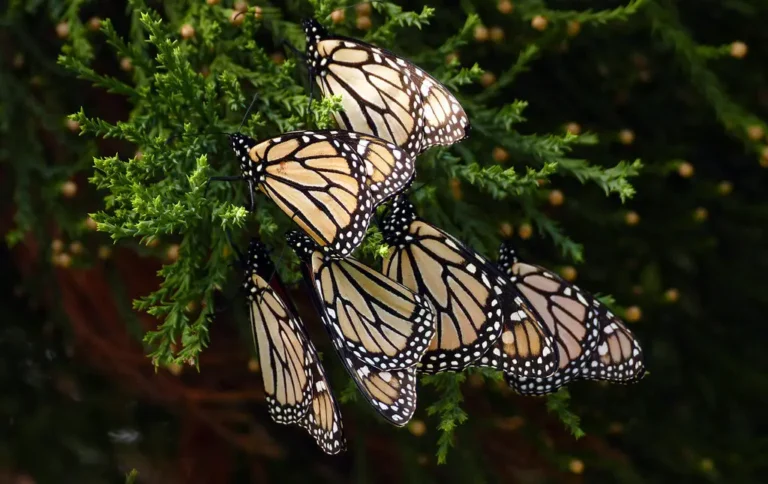Do Butterflies Pee? Uric Acid, Digestion & Fluid Balance
Quick Answer: Do Butterflies Pee? Yes, butterflies do pee. After butterflies feed on nectar, their digestive system processes the food and produces excess fluids. They release this as uric acid through a tiny hole, which is their way of peeing. Instead of kidneys or a bladder, they have special tubes called Malpighian tubules to manage this waste.
This process of releasing excess liquid helps butterflies maintain a healthy balance in their body.
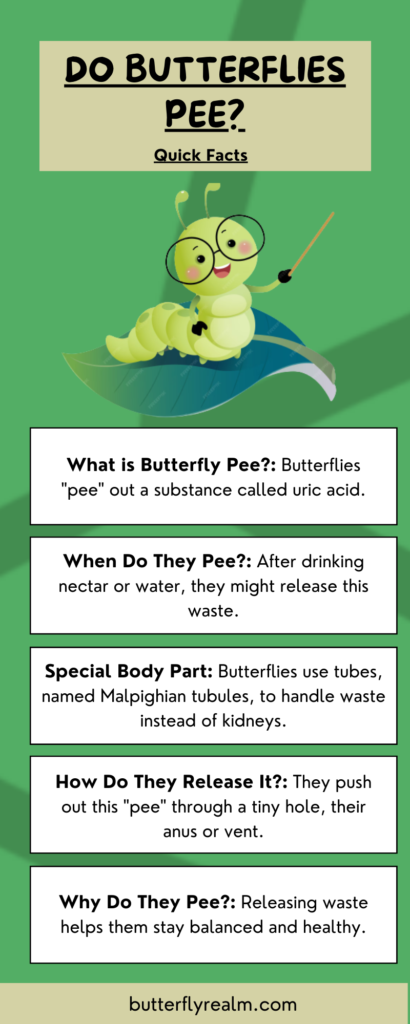
Table of Contents
Introduction

Butterflies are beautiful, aren’t they? We love watching them fly around flowers. But have you ever wondered about how they live? Like, do they even pee? It might sound funny, but this question can tell us a lot about butterflies.
In this article, we’ll find out if butterflies pee and learn more about how their bodies work.
Basic Butterfly Anatomy & Biology
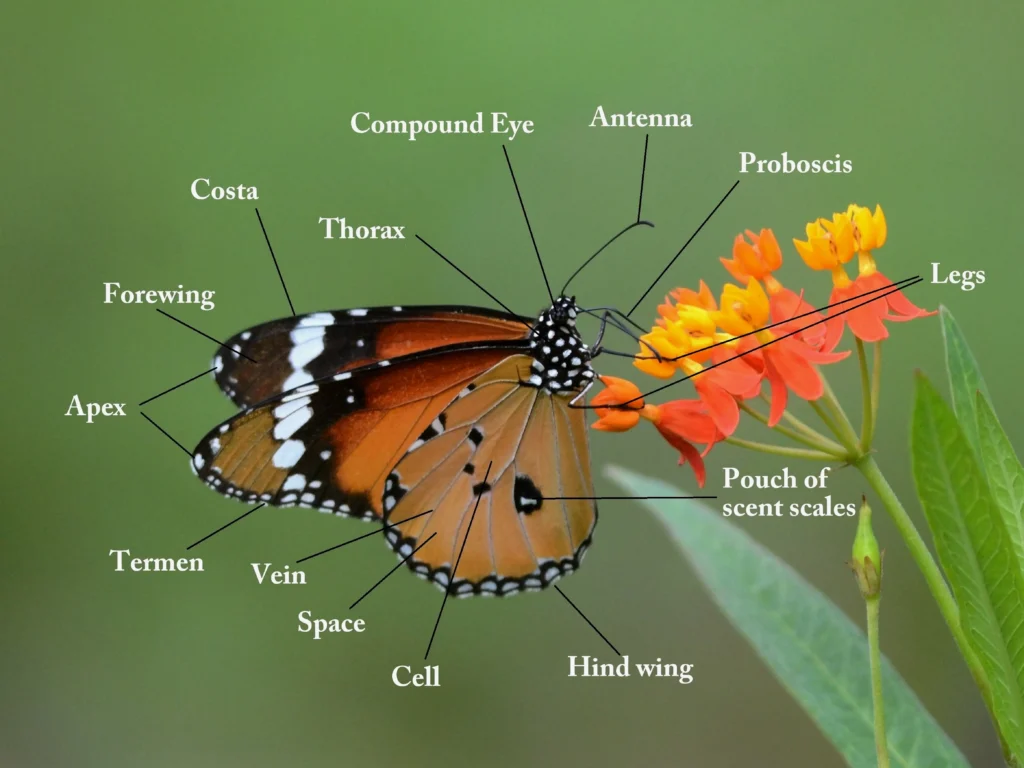
Butterflies might look simple, but their bodies have complex systems. They possess a circulatory system that moves food, waste, and other substances around their body. However, this system differs greatly from the mammalian circulatory system, as it doesn’t involve a closed system with veins and arteries.
Just like us, they need efficient systems for eating, digesting food, and eliminating waste.
How the Butterfly Digests Food
When a butterfly sips nectar from a flower, it uses its long straw-like tongue called a proboscis. They take the nectar into their stomach and break it down for energy.
Butterflies have a circulatory system, but unlike ours, their hemolymph (similar to blood) directly bathes their organs, transporting nutrients and waste throughout their body.
Getting Rid of Waste

Butterflies, just like humans, need to eliminate waste. They don’t have kidneys like we do. Instead, they have something called Malpighian tubules.
These tubules act like tiny filters. They help the butterfly separate the good stuff (like water and nutrients) from the bad stuff (like waste).
Do Butterflies Drink?
Butterflies are more than just pretty insects; they’re always on a mission to quench their thirst.

Nectar: The Butterfly’s Favorite Drink
Nectar is the sweet juice inside flowers. Butterflies love it. Their proboscis, which is a bit like a long straw, helps them drink this nectar. When they sip it, they get water and sugar, which gives them the energy to fly and stay alive.
Other Thirsty Moments
Nectar isn’t the only thing butterflies drink. Sometimes, they sip water from wet leaves or puddles. They do this to stay hydrated, just like we drink water when we’re thirsty. But butterflies are smart drinkers.
They can also soak up minerals from wet ground or mud. People often call this “mud-puddling”. These minerals are like vitamins for them, helping them stay strong and healthy.
So, every time a butterfly stops at a flower or a puddle, remember, they are taking a little drink break!
Excretion in Butterflies: The Basics
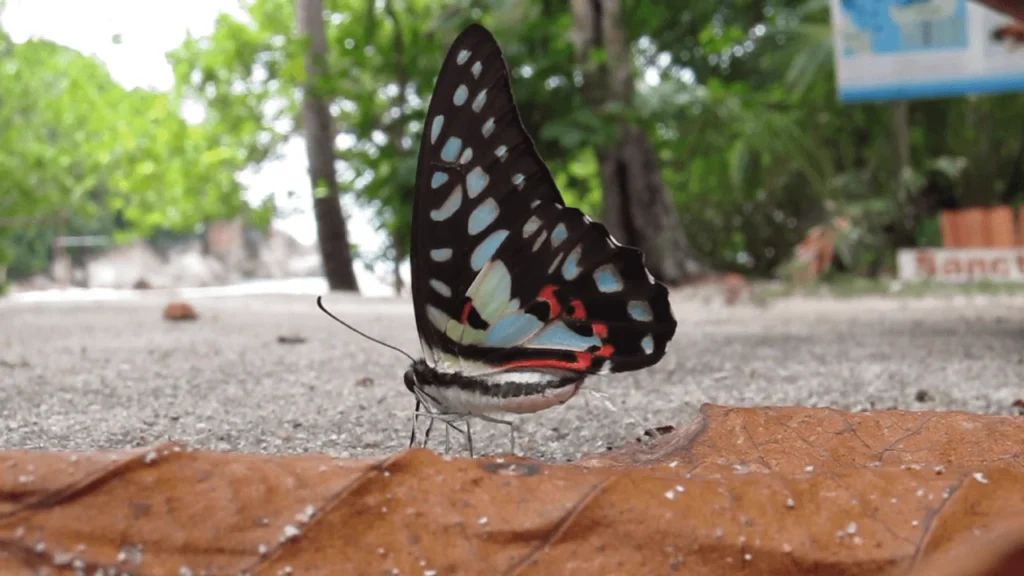
Do you ever wonder how tiny creatures like butterflies dispose of waste? It’s not like they have toilets or litter boxes. Here’s a simple breakdown of how butterflies manage their waste.
Pee and Poop, Butterfly Style
Butterflies, like all living things, produce waste. In their world, they often refer to pee as liquid waste, and they call poop frass. And just like us, they need to get these wastes out of their bodies.
A Journey Inside
When a butterfly drinks nectar or eats, its body takes what it needs and eliminates the rest. The unwanted parts, the waste, need to exit. Their bodies have special paths for these wastes. These paths make sure the waste goes out and doesn’t stay inside.
As we further explore butterflies, we’ll discover how their peeing connects to many other aspects of their lives.
How Butterflies Pee: The Detailed Process
When we talk about pee, we often think about the usual way animals produce urine. But for butterflies, it’s a unique story!
Making the Waste: Uric Acid
Every time a butterfly eats or drinks, its body breaks down the food. During this breakdown, the body produces waste in the form of uric acid. Although uric acid is solid, the butterfly often expels it along with some liquid, it sometimes appears as a fine spray, making it look like they’re “peeing.
Tiny Kidneys? The Malpighian Tubules!
Humans have kidneys to filter waste from the blood. Butterflies have something different called Malpighian tubules. These tubules work hard to collect all the uric acid and other wastes from the butterfly’s body.
Time to Get It Out!

Once the Malpighian tubules have gathered the waste, they send it to the butterfly’s gut. From there, it exits the body. When a butterfly ‘pees,’ it eliminates uric acid and other wastes.
This process keeps butterflies light and healthy. It allows them to keep flying, mating, and doing all the wonderful things we love them for!
The Role of Butterfly Pee in Nature
Nature is a connected world. Even something as tiny as butterfly pee plays a part in the grand scheme of things.
A Tiny Feast for Others
You might be surprised, but some animals find butterfly pee nutritious. When butterflies excrete waste, it might contain minerals and salts. Smaller insects and even some birds might take advantage of this, using it as a source of nutrients.
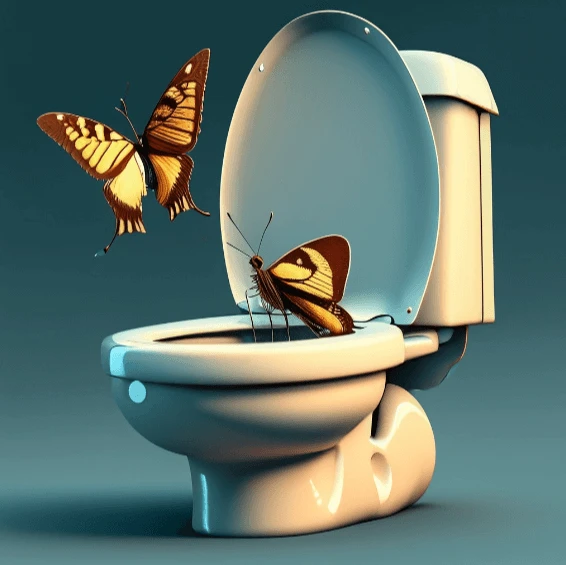
Contributions to the Environment
While butterfly pee is tiny in quantity, imagine the millions of butterflies around the world. Collectively, their excretions return essential elements back to the soil. This helps enrich the environment and plays a role in the nutrient cycle.
Even tiny creatures, doing simple tasks, help our planet’s ecosystem in important ways. Every drop matters, even if it’s from a butterfly!
Comparative Excretion: Butterflies vs. Other Insects
Insects, though tiny, have complex bodies. Each insect type has its unique way of managing waste. Let’s see how butterflies stand out.
How Do Other Insects Manage Waste?
Most insects, including butterflies, rely on Malpighian tubules to filter waste. However, the way they release this waste can differ. For example, bees produce solid waste, whereas some insects might release a more liquid form.
Specific Adaptations and Differences in Excretion Processes Among Various Insects
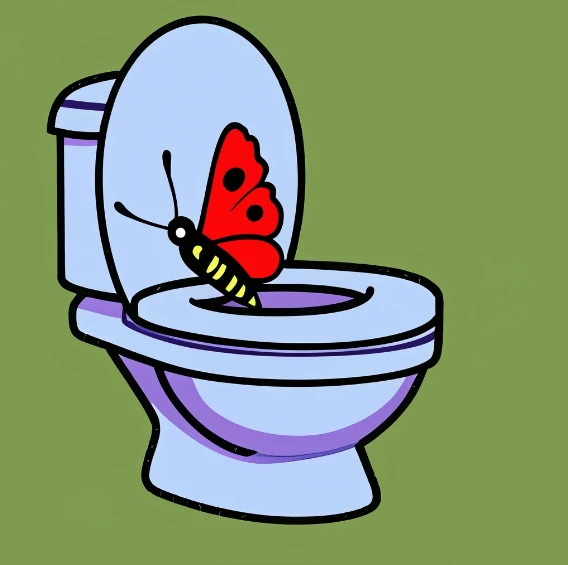
Ants often use their waste to mark trails, while ladybugs might excrete liquid waste when threatened as a form of defense. Butterflies, on the other hand, don’t have such defensive excretion tactics. Their primary excretion is straightforward – releasing uric acid as a form of pee and frass as poop.
This comparison shows that even within the insect world, there are numerous strategies and adaptations regarding waste management. Each insect, in its own way, has evolved to handle waste efficiently, depending on its environment and needs.
Butterflies and Osmoregulation
Every living being needs a balance inside their body. For butterflies, they call this balance, especially with fluids, osmoregulation.
Importance of Maintaining a Balance of Fluids in Their Bodies
Butterflies need the right amount of water, just like humans. Too much or too little can make them sick. Without this balance, they can’t fly, mate, or even survive for long.

Role of Pee in Maintaining Osmotic Balance
When butterflies drink nectar or water, they take in fluids. Urinating helps them eliminate any excess. This way, they can ensure that the amount of liquid inside their bodies is just right.
By excreting uric acid and other wastes, butterflies keep their internal environment stable, ensuring they remain active and healthy.
It’s amazing how peeing is important for butterflies, keeping everything inside them in balance.
Common Misconceptions
Every topic has its myths, and butterfly pee is no exception. Let’s clear up some of these misconceptions.
Water Droplets vs. Actual Pee
Some people believe that when they see a butterfly release liquid, it’s just water. While butterflies can excrete excess water, what many see is often uric acid, which is their version of pee.

Myth: Butterflies Drink Their Pee
Contrary to some beliefs, butterflies do not drink their pee. As we’ve learned, they have specific ways of obtaining moisture and nutrients, mainly from nectar or puddles.
Confusion: Butterfly Pee is Harmful
Another common myth is that butterfly pee can be harmful. As mentioned earlier, it’s quite the opposite. Their pee can offer nutrients to other small creatures and contribute to the environment.
By dispelling these misconceptions, we get a clearer and more accurate picture of these fascinating creatures and their natural processes.
Implications for Butterfly Keepers
Caring for butterflies, whether for study or sheer admiration, requires understanding their unique needs, including their excretion patterns.

Importance of Understanding Butterfly Excretion
Butterfly keepers must know how to manage waste in their tanks. Knowing when and how butterflies remove waste keeps their home clean and keeps them healthy and vibrant.
Tips for Maintaining a Healthy Environment
- Regular Cleanup: Keeping the butterfly habitat clean ensures they aren’t living in their waste. This promotes better health and prevents potential diseases.
- Provide Adequate Water Sources: Butterflies need water not just for hydration but also to aid in their excretion processes. Make sure fresh water is always available.
- Monitor Their Diet: Ensuring butterflies have the right diet, mainly consisting of nectar, aids in healthy digestion and correct waste disposal.
By taking these simple steps, butterfly keepers can ensure their beautiful insects thrive in a conducive environment.
Final Thoughts
Butterflies are amazing. They have a unique method for eliminating waste, just like every other living thing. This helps them stay healthy and fly around.
By understanding how butterflies handle their waste, people who care for them can keep them happy and safe. And for others, it’s just interesting to know more about these beautiful creatures.
It’s always good to learn new things about the world around us. Even small details, like how a butterfly pees, can be quite fascinating!


